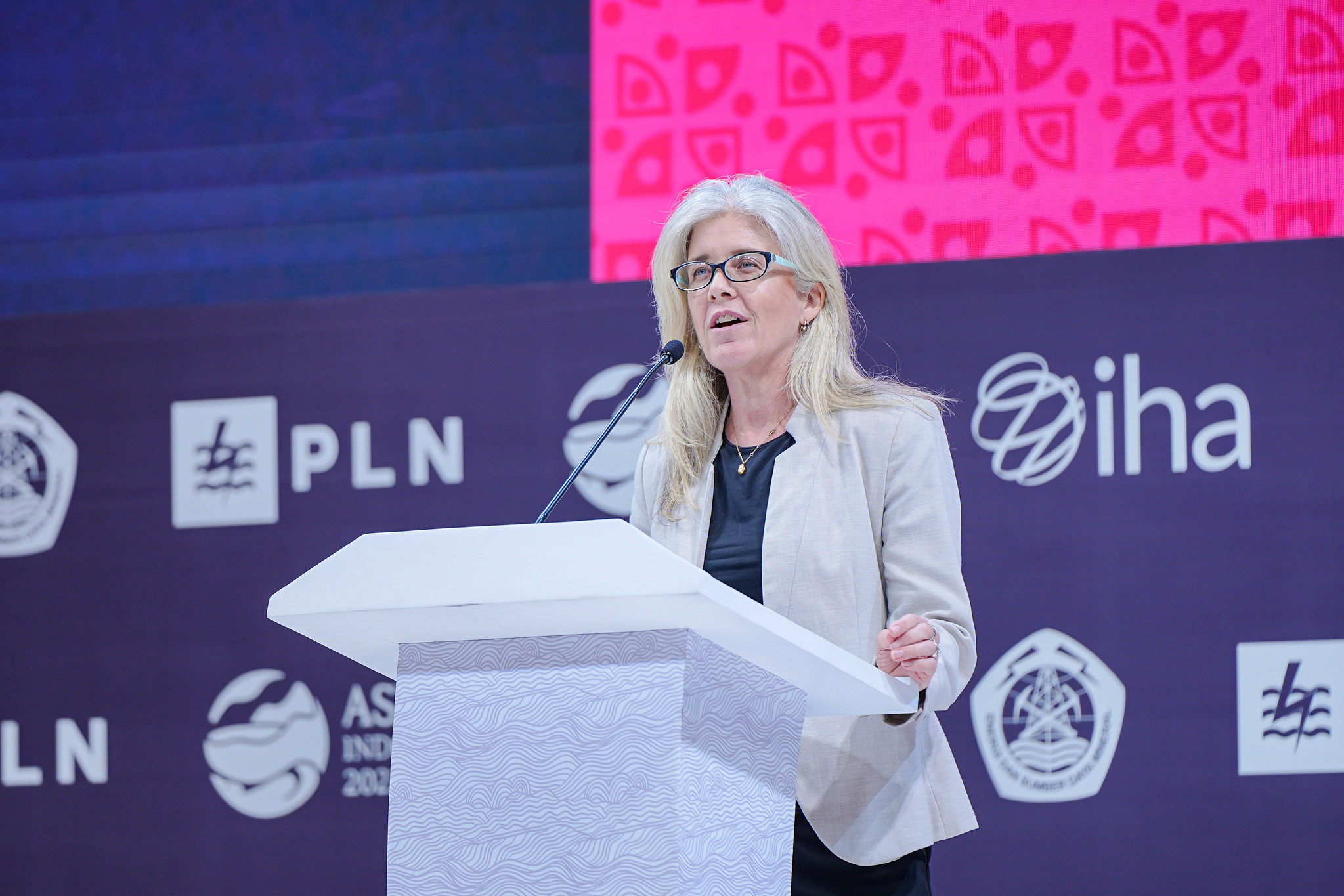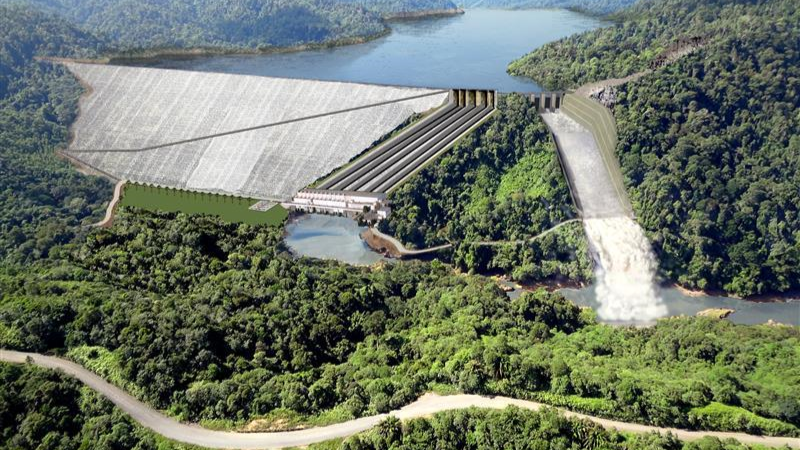Malaysia’s opportunities in its journey towards sustainable energy future

Karen Atkinson
COO South East Asia & Pacific, SMEC & Surbana Jurong
East Asia and the Pacific stand as the global epicenter for hydropower development, with the region, spearheaded by China, contributing nearly 40 per cent of the world’s installed capacity and annual generation. The surge in hydropower activities is a result of rapid economic growth and an increasing focus on sustainable outcomes across various countries in the region. Last year, China alone added an impressive 8.5 GW of hydropower capacity. In the Pacific, Australia is experiencing a surge in hydropower, particularly in pumped storage. Papua New Guinea is undergoing transformative developments with several projects actively contributing to the electrification of rural communities.
In Southeast Asia, notable countries which boasts ambitious government targets and a strong pipeline of hydropower include Malaysia and Indonesia.
This article takes a closer look into Malaysia’s journey towards a sustainable energy future, delving into Malaysia’s evolving energy landscape and situating the country within the broader context of hydropower development in East Asia and the Pacific.

Malaysia’s energy landscape
Malaysia plays a pivotal role in the regional pursuit of sustainable energy solutions. According to the International Renewable Energy Agency (IRENA), Malaysia exhibited substantial growth in its energy sector from 2010 to 2019. Peninsular Malaysia has a total installed generation capacity of 28,324 MW, with hydropower contributing 9.3 per cent (2,642 MW). Sarawak leads the rest of the Malaysian with 60.5 per cent hydropower contribution (3,458 MW) out of a total capacity of 5,716 MW, while Sabah relies on hydropower for less than two per cent of its 2,080 MW capacity.
Two major players – Tenaga Nasional Berhad (TNB), the largest electricity utility in Malaysia and a leading utility company in Asia, and Sarawak Energy Berhad (SEB), a state-owned electric utility company, collectively, steer Malaysia towards a future where energy is robust and environmentally friendly.
Malaysia’s energy outlook
Malaysia envisions doubling its energy consumption by 2050. The Planned Energy Scenario (PES) projects a two per cent annual increase, while greener alternatives, such as the Transforming Energy Scenario (TES) and the 1.5°C Scenario (1.5-S), suggest slower growth rates.
Renewable direct-use sources aim to contribute 20 per cent to final energy by 2050, with clean hydrogen production reaching 1.5 million tonnes. While the PES foresees CO2 emissions rising to 268 million tonnes by 2030, the 1.5°C Scenario targets a 60 per cent emission cut by 2050. Achieving Malaysia’s 2050 carbon neutrality goal necessitates additional measures, including responsible hydropower development.
Sustainable hydropower holds significant potential for Malaysia’s clean energy transition. Hydropower projects can be developed responsibly, aligning with greener alternatives outlined in the TES and 1.5-S scenarios.
Opportunities for sustainable energy in Malaysia
As Malaysia focuses on a greener and more resilient future, several key opportunities emerge, aligning with broader trends in East Asia and the Pacific. Five of these strategic opportunities include:
Pumped storage and solar synergy
The increasing investment in solar development will require the addition of pumped storage, ensuring a stable energy supply and addressing intermittency issues associated with renewable sources.
Floating solar for additional generation
Leveraging Malaysia’s vast water resources for floating solar projects maximises land use and enhances energy generation capacity, contributing to renewable energy goals.
ASEAN Power Grid integration
Advancing in renewable energy allows Malaysia to export surplus power to neighboring countries through the ASEAN Power Grid, strengthening regional energy security, and fostering economic collaboration.
Renewable power for industry and hydrogen production
Malaysia can use its renewable energy potential to power industrial processes and hydrogen production, positioning itself as a leader in sustainable industrial practices.
Multi-use flood mitigation benefits
Hydroelectric projects, besides energy generation, offer multi-use benefits like flood mitigation, enhancing the resilience of flood-prone regions and showcasing the holistic advantages of sustainable energy initiatives.
Malaysia’s commitment to sustainable energy aligns seamlessly with the global call for hydropower to be the backbone of national strategies for thriving, low-carbon economies, as emphasised in the World Hydropower Congress 2023’s Bali Statement on Powering Sustainable Growth, published in November 2023. The untapped hydropower potential, especially in developing regions like East Asia and the Pacific, underscores the crucial role sustainable hydropower can play in driving economic development and supporting the clean energy transition.


